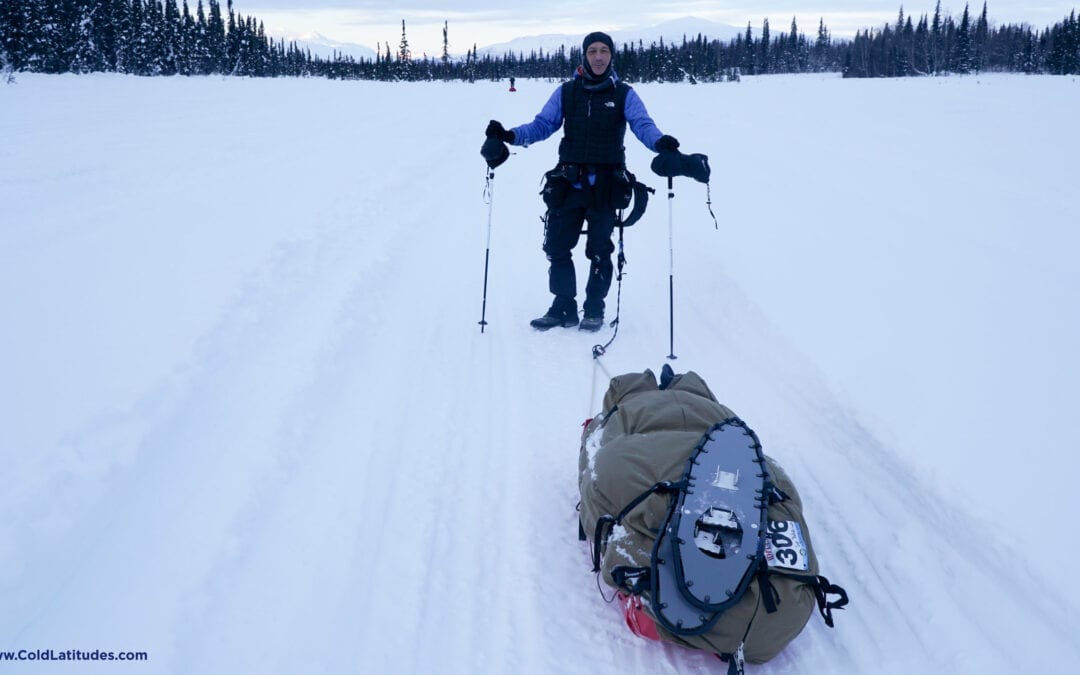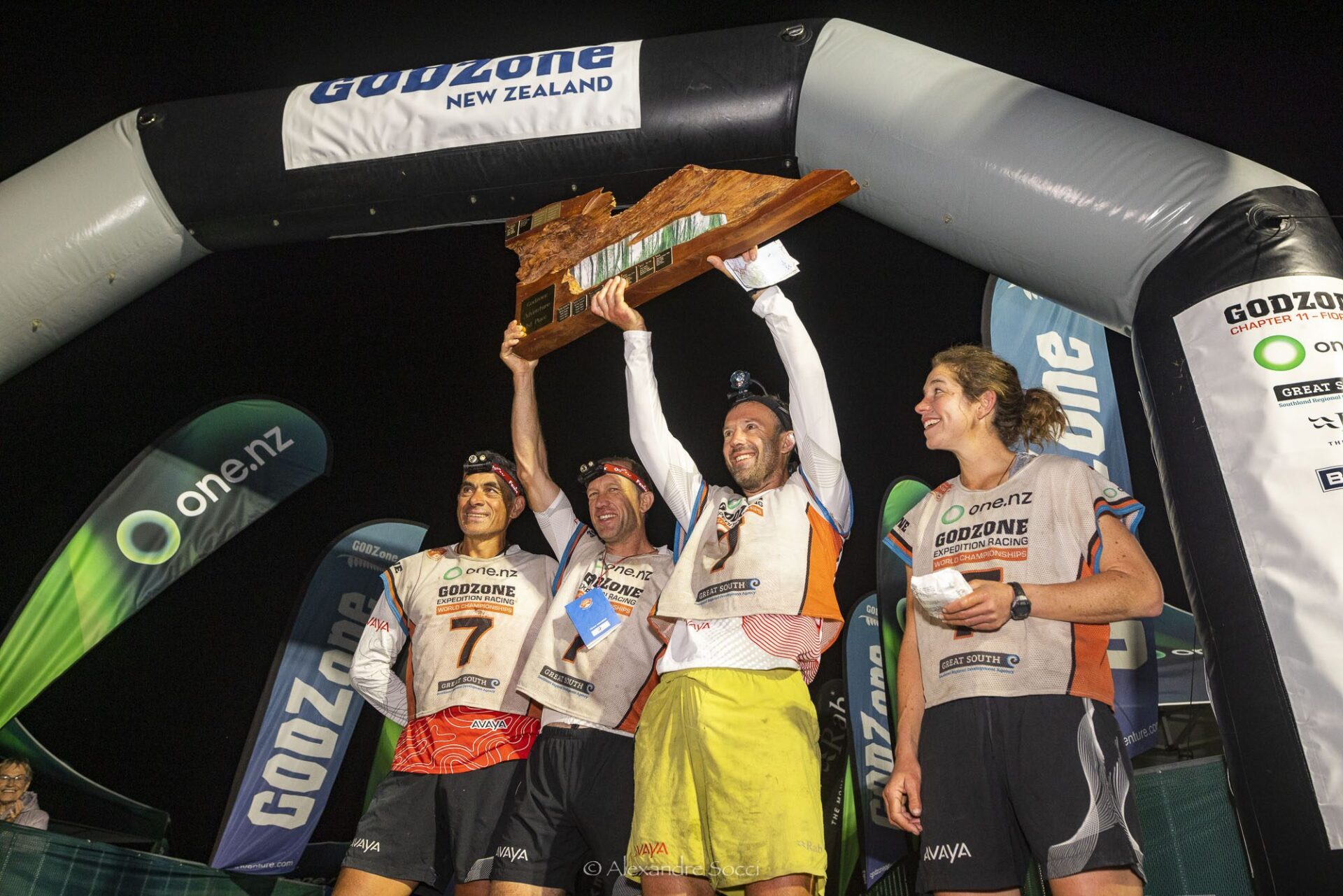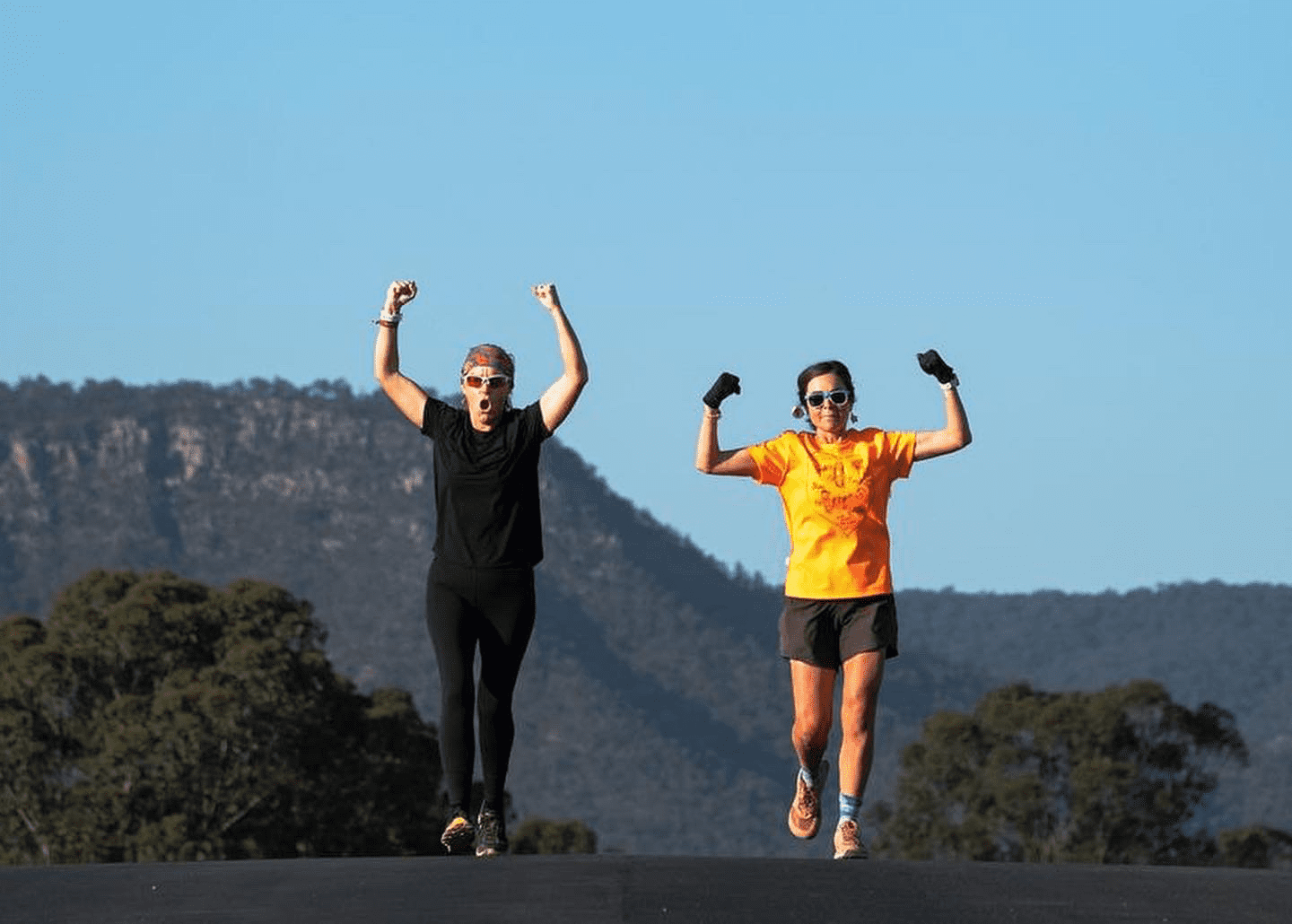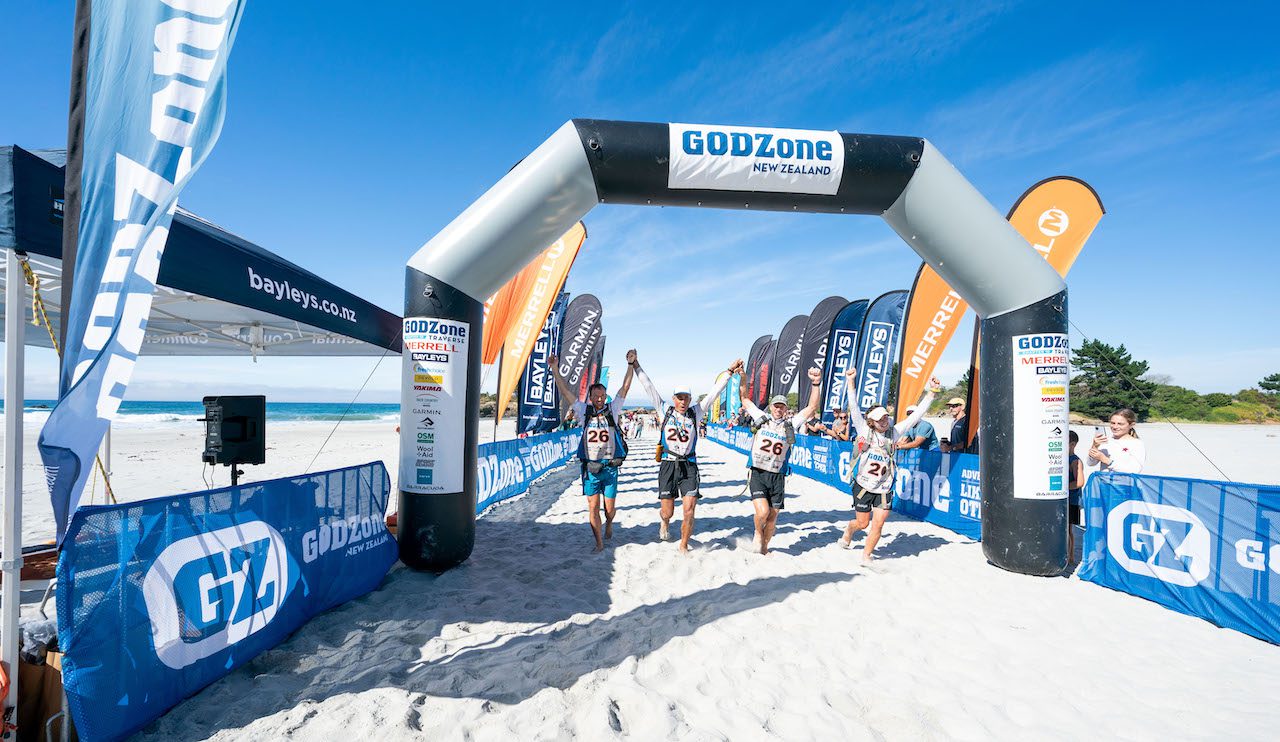The alarm buzzed. I opened my eyes to darkness. My first breath turned my lungs into ice blocks. My head was surrounded by frost. Outside, my equipment looked old, all grey with a thin layer of ice and snow. I stuffed my bivy into my sled bag and it cracked and snapped as if it were going to split open at every seam. It took me 15 seconds, enough to numb my fingers and lead to 15 minutes of painful rewarming: it was cold, -40 cold. 16 days into an unbroken Iditarod Trail, and I the only runner left after my last competitor quit with severe frostbite to his feet, hands, and face. 500 miles into the 1000-mile Iditasport, the path was open for me to win this winter endurance race, unchallenged. It was not to be. At mile 600, in the town of Ruby on the Yukon River, I decided to stop and count my blessings, and all twenty of my pink toes and fingers. It was my second DNF in over 50 ultras. Alaska and the Iditarod Trail had won the 2017 race.
After a while, past the PTSD-like cold and snowy dreams, I signed up for the 2018 race. I knew it was a matter of learning and preparation and the 2017 edition served up lots of opportunities for learning, especially on the mental game front. Physical preparation and multi-year conditioning are necessary to run ultras healthily, but what makes the difference is your mental game; knowing how to enlist the immense powers of your brain into enjoying and completing the challenge at hand. Undisciplined, a brain might actually undermine our efforts with unhelpful negative self-talk, awfulizing projections, and many other odd behaviors.

Alaska this year was an entirely different challenge – windy snow storm after windy snow storm, erased trails, 800 miles of snow shoeing. All the same, my new and improved mental game worked beautifully. “Relentless forward movement”, “this too shall pass”, “we will get there when we get there”, and so on. 34 days after crossing the start line near Anchorage, past the Alaska Range, the Interior, the Yukon River, and the Bering Strait (the race actually takes you onto the sea ice), I stood under the burly arch, the finish line of the Iditarod Sled Dog Race, in Nome, 1000 miles down the trail.
Endurance is a key value in my life. Anything worth pursuing seems to require it. Circumstances and people with other ideas will all stand in the way of achieving a dream or getting things done. Persisting seems to be one of the most effective tools – not a quick or effortless one – to get big things done. The mental game we develop in the long runs serves the rest of our lives every day.
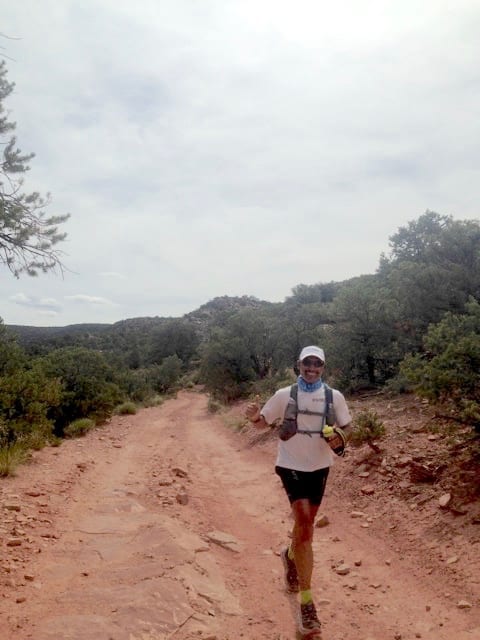
And I didn’t do it alone, not by a long stretch. Although none of my running friends is into 1000-mile ultras (only 18 people have ever finished the 1000-mile Iditarod Trail races), they are a core foundation that inspires and supports me. I met my life partner, Wendy Drake, on the trails. Over the years, our running tribe, the Boulder Banditos, grew from different running groups I had joined and became a tightly knit group of friends who support each other well beyond running. We organize many trips to out-of-town races, where we rent a house and spend a fun weekend together. Then when one of us was diagnosed stage IV pancreatic cancer, we all jelled as a support group and demonstrated how good of a tribe we really were. And it all started with a few 10Ks!

